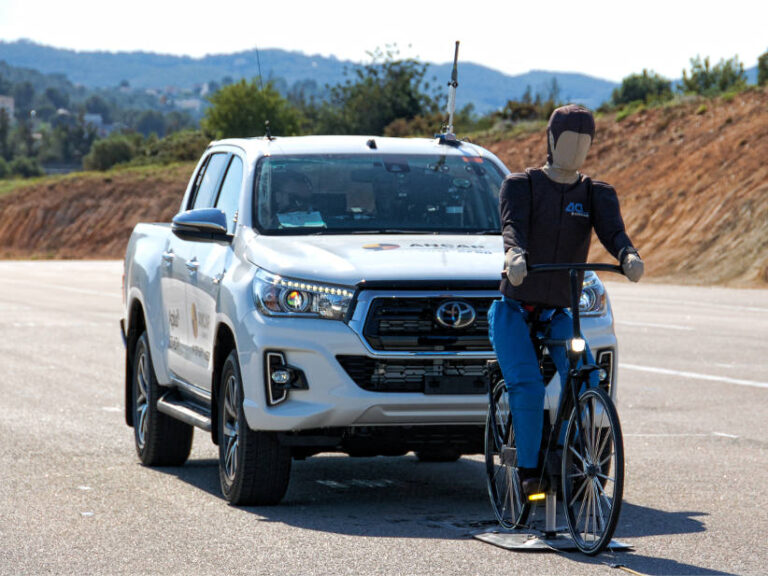Fleet purchase decisions have always had an impact on road safety long after the vehicle delivery. When ex-fleet vehicles move to the used car market they are reducing the age of the national carparc, and making the roads safer for everyone. This is because most Fleet Managers and company fleet policies require a minimum five star ANCAP safety rating for new vehicles.
AEB is such an important safety feature that it was featured at the safety field day held as part of the 2019 AfMA Fleet Conference. Participants were given demonstrations and an opportunity to ride in a vehicle to experience the technology themselves.
In October the Australian Government released a Regulation Impact Statement (RIS) which proposes the introduction of a new Australian Design Rule (ADR) specifying the regulatory need for car-to-car and pedestrian-detecting autonomous emergency braking (AEB) systems on new vehicle models from July 2022, and all models from July 2024 – in a similar timeframe to European regulation.
Under a non-regulatory regime, ANCAP has been encouraging the voluntary fitment of AEB technology across the Australian and New Zealand fleets through its safety testing and star rating program since 2015.
“The proposal released today by the Australian Government to mandate AEB is a welcome announcement,” said ANCAP Director – Communications & Advocacy, Rhianne Robson.
“Our latest analysis of new light vehicle salesi shows voluntary fitment of AEB has increased to 66%, with 186 new light vehicle models equipped with this life-saving technology as standard,” Mrs Robson said.
“A key role for ANCAP is to build consumer awareness, confidence and demand for vehicle safety features and technologies, and these fitment figures demonstrate the automotive industry’s commitment to satisfying that demand.”
“The proposed regulatory move will help close the gap among vehicle models that are yet to voluntarily include AEB, and we encourage the introduction of an ADR that mandates AEB in the same timeframe as the EU to ensure all new car buyers benefit from this important technology,” Mrs Robson added.
AEB has been found to reduce police-reported crashes by 55%ii, rear-end crashes by 40%iii and vehicle occupant trauma by 28%iv.
Current generation AEB systems have the ability to prevent or reduce the severity of vehicle-to-vehicle crashes (forward and reverse) and crashes with pedestrians and cyclists.
ANCAP’s analysis on the availability of AEB, including the AEB status of the top 100 selling models, can be viewed at www.ancap.com.au/AEB.
i VFACTS National New Vehicles Sales Report (April 2020), includes passenger cars, sports utility vehicles and light commercial vehicles.
ii Insurance Institute for Highway Safety (IIHS) & Highway Loss Data Institute (HLDI), USA, 2018.
iii ANCAP, Euro NCAP, DoIRD research by B. Fildes, 2015.
iv Monash University Accident Research Centre (MUARC) Report on the effectiveness of crash reductions associated with light vehicle AEB.






